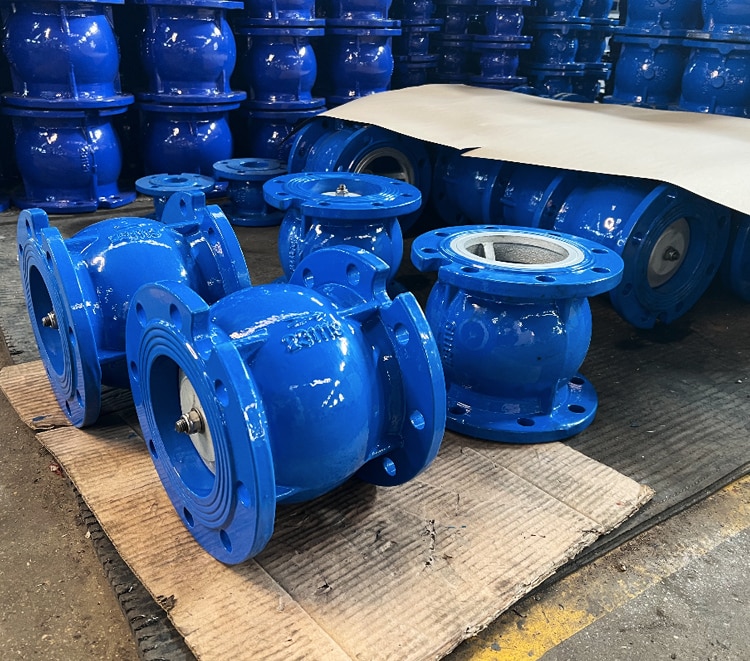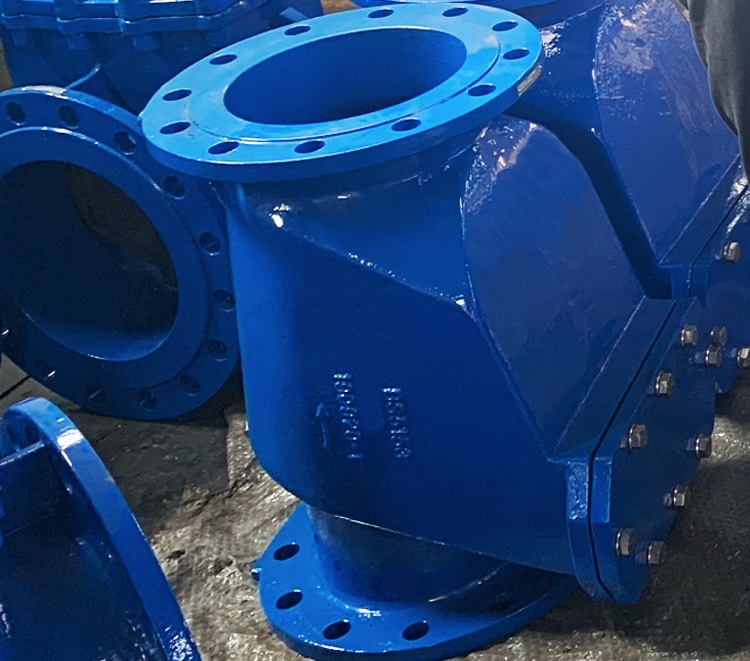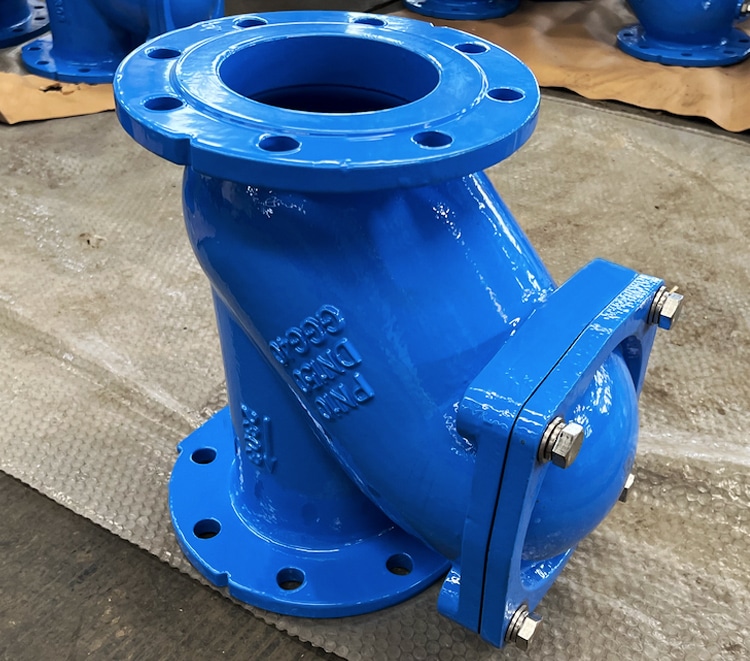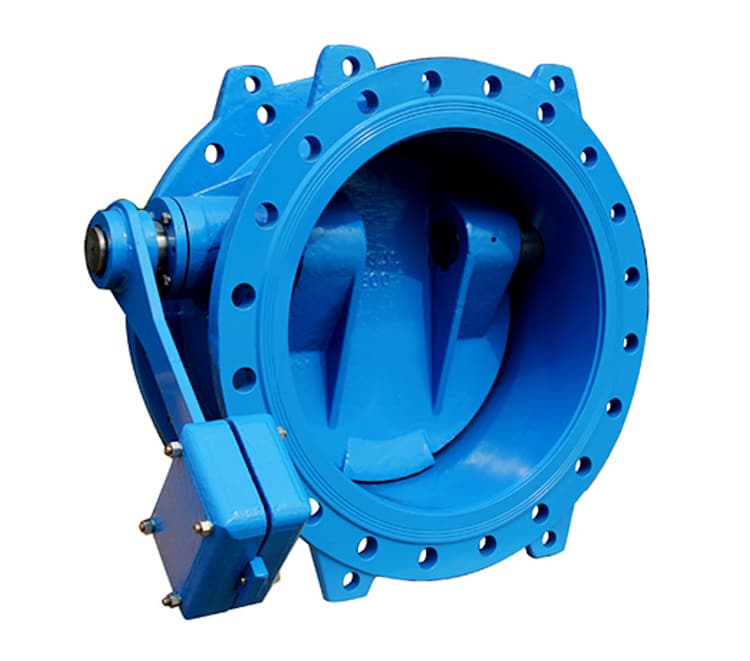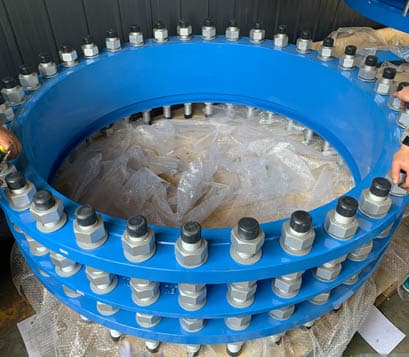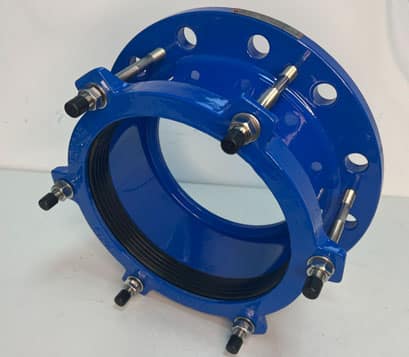Back to All Check Valve
Foot valve

Feature
Flange Ends or Thread Ends
Design Standard BS5153
Design Standard:BS EN12334
Flanges Standard: BS EN 1092-2
Inspection & Testing: BS EN 12266-1
Working Pressure: 16bar
Working Temperature: -20℃ To 100℃
Coating FBE coating or epoxy paint for valve part
Use
ponds, pools, and wells
Foot Valve Diagram and Dimension

What is foot valve?
Installing a strainer at the water inlet of the silent check valve constitutes a foot valve, so foot valve is one of check valve which is with strainer, because the foot valve is installed at the very beginning of the entire pipeline. If the entire pipeline is compared to a person, then the foot valve is the person’s foot, so it is called foot valve
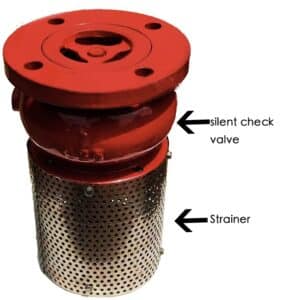
Foot valve function
As can be seen from the figure below, the foot valve is installed at the inlet end of the water pump, and it is installed at the bottom of the pipeline, the gate valve or butterfly valve is installed in sequence at the back. The function of the gate valve or butterfly valve is to be closed to prevent water back flow when the foot valve needs to be changed or maintenance. Then a strainer is installed to purify the fluid again before it flow into the pump. The strainer installed at the water inlet of the foot valve can filter out impurities in the liquid to prevent impurities from entering the pump and causing damage to the impeller of the pump.
Before the pump start to work,you need to put water into the pump and the inlet pipeline,the foot valve can stop the water to avoid leaking out.
When the pump start to work, foot valve will be opened by the negative pressure generated from the pump, the fluid will flow into the pipeline.
When the pump stop works,the foot valve will close,the fluid will be prevent to flow back to the well, lake, pool etc to assure the pump will have water inside.
The foot valve is generally installed at the water inlet of the pump to prevent the pump from idling when it starts to work, and the swing check valve is installed at the water outlet of the pump to prevent the reverse flow of the pump impeller caused by the back flow of fluid.

water inlet before the pump
Foot valve material
Stainless steel screen ,ductile iron valve body and stainless steel shaft, spring, is generally used in well water, lakes, rivers and other waters with relatively low pressure and non-corrosive media.
Brass, suitable for water, oil etc
Stainless steel, generally used in seawater, corrosive media, etc.
Plastic, suitable for fluids: water, air, oil, corrosive chemical liquids
Foot Valve Types
Foot valve includes swing foot valve,Lift foot valve,Butterfly foot valve.
The swing foot valve is composed of a swing check valve and a filter. Like the swing check valve, it is suitable for large-diameter occasions with different flow rates. Because the channel inside the valve is streamlined and has small flow resistance, it is not suitable to use pulsating flow because the sealing performance is poor and water hammer is easily caused.
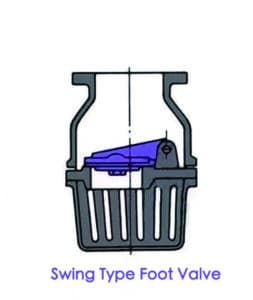
The lift foot valve is composed of a silent check valve and a filter. Like the silent check valve, it has a larger resistance coefficient.
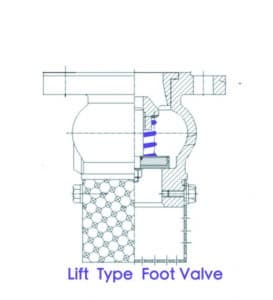
Butterfly foot valve is composed of a butterfly type check valve and a filter. It has a simple structure and can be installed on either vertical or horizontal pipes.
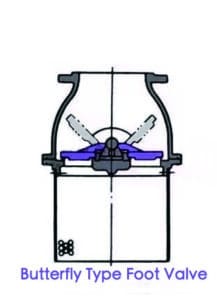
Foot Valve Application
The foot valve can be used for water, oil and other liquids, but please note that because the foot valve has a strainer, it is not suitable for fluids with large particles and high viscosity, because large particles and high viscosity fluids will block the water inlet, causing Severe flow loss,even block the entire pipeline, causing negative pressure in the pipeline and idling of the pump.
How to Choose Foot Valve?
- Pay attention to whether the application is in a low-pressure environment or a high-pressure environment, and whether the installation will be restricted.
- Before selecting the foot valve, test the closing speed of the incompressible fluid, and then select a foot valve that can meet the closing speed.
- For small flow and low pressure fluid, slow-closing swing foot valves and slow-closing butterfly foot valves should be used. Lift foot valve is not suitable because the flow resistance of the lift foot valve is too large.
Foot Valve Maintenance
1. Clean the foot valve
During use, the foot valve is easily contaminated and corroded by the fluid. Therefore, the foot valve needs to be cleaned regularly. Methods for cleaning the foot valve include flushing with cleaning fluid, steam cleaning, etc.
2. Check sealing performance
The sealing performance of the foot valve directly affects the safety of the pipeline system, so the sealing performance of the foot valve must be checked regularly. If poor sealing performance is found, the seals should be replaced in time.
3. Lubricate the foot valve
The foot valve will wear during use and therefore requires lubrication. Lubrication methods include applying grease or lubricating oil to key parts of the foot valve.
4. Check the running status
During long-term use of the foot valve, problems such as rust and corrosion will occur, so the operating status needs to be checked regularly. If problems are found, parts should be replaced in time.
Common problems with foot valves include loose sealing, leakage, malfunction, etc. For these problems, the foot valve needs to be cleaned, the seals replaced, or the foot valve needs to be replaced.
Water Pump Foot Valve Problem
For the water pump foot valve, the biggest problem is that the strainer is blocked by impurities. Once it is blocked, no matter how powerful the pump is, there will be no water flow in, resulting in negative pressure in the pipeline. Therefore, In front of the water inlet of the pump, there must be 2 times of filtration. Among them, the filter screen of the foot valve has relatively large holes, which is used for coarse filtration of impurities, and the larger impurities are filtered out. because smaller filter holes cause easier blocking, while the Y type or T type strainer installed at the back has relatively small filter holes and is installed in front of the water inlet of the pump to filter out small impurities and protect the pump.
Foot valve manufacturer
Because the foot valve comes from adding a filter to the water inlet of the silent check valve, so the silent check valve manufacturer is also a foot valve manufacturer, what they need to do is only choosing a proper screen to assemble it to the inlet of the silent check valve

